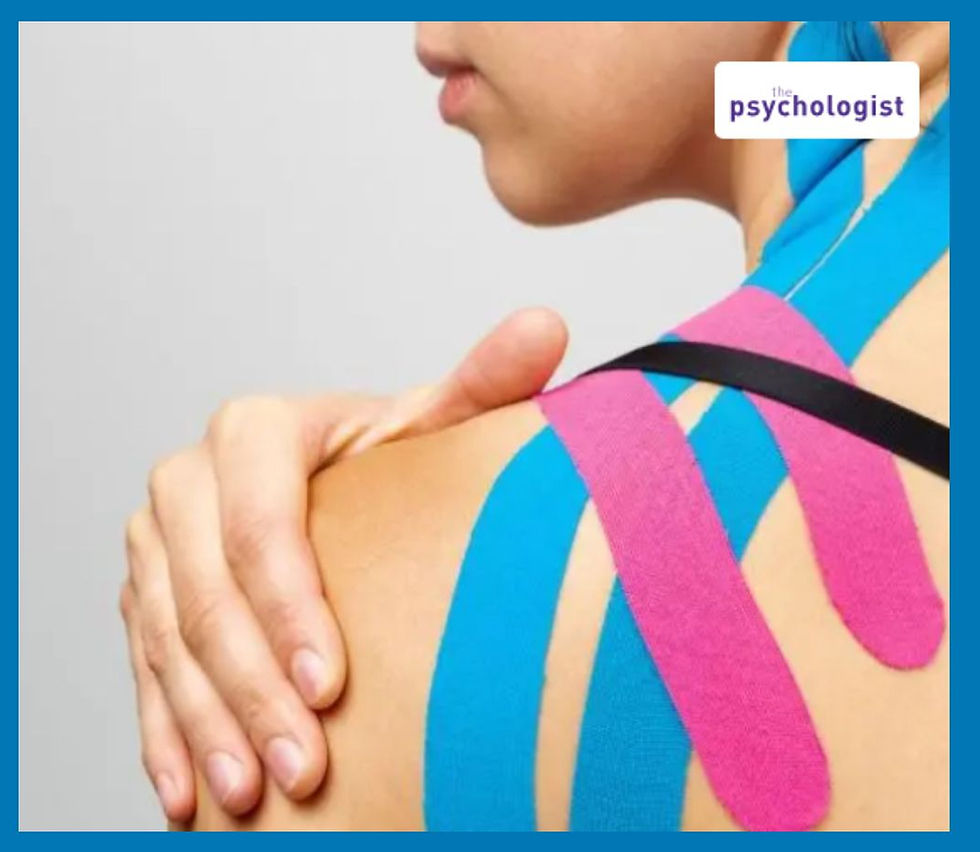Connective Bodies/Brains - Hypermobility EDS,JH and Neurodivergence (Autism ADHD +)
- SEDSConnective

- Aug 9
- 1 min read

Emerging research is revealing strong links between neurodivergent conditions such as Autism, ADHD, Dyspraxia, Tourette's dyslexia and physical traits like joint hypermobility, Ehlers–Danlos syndromes and other connective tissue differences.
Neuroscience suggests that the same genes and developmental processes shaping the brain can also influence connective tissues, the autonomic nervous system and sensory processing.
This can help explain why many neurodivergent people also experience dysautonomia, pain, utter exhaustion or gut issues which historically and up to recent years have been challenges that have often been overlooked or treated in silos.
Understanding these overlaps is vital in education as well as healthcare. Recognising that a student’s concentration, attendance, or behaviour might be affected by pain, dizziness, or sensory overload not just their environment or cognitive profile can transform support strategies. Integrated thinking across neuroscience, medicine and education can lead to more effective, compassionate approaches, ensuring people aren’t dismissed or left unsupported simply because their difficulties cross traditional diagnostic boundaries.
READ the article here with the British Psychologist Society 'The Psychologist' by E. Barratt Editor of Reader Digest also amongst others our Patron Dr Eccles and our Chair/founder Jane Green MBE




Comments